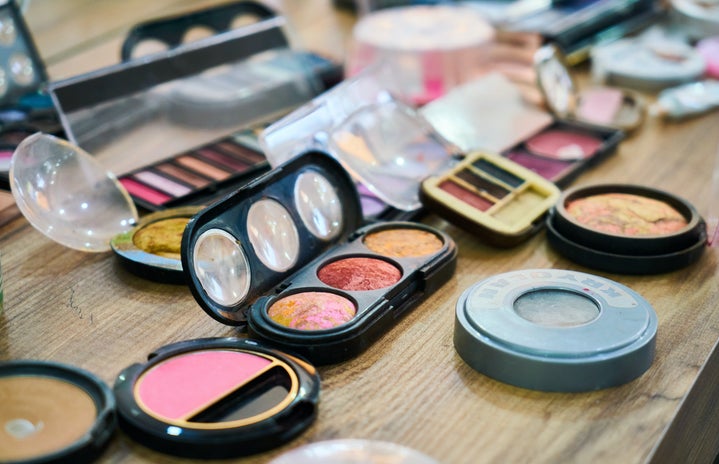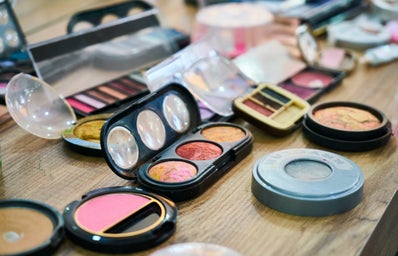Drag has a rich cultural history and it has transformed into something marvelous and sickening.
According to the Oxford English Dictionary, the word “drag” has existed since 1388 but it wasn’t until the 19th century that it was used to define someone performing in clothes or a persona different from one’s gender.
Drag started as a common theater practice being seen in Ancient Greek tragedies, Shakespearean and Japanese theatre, and Baroque operas. But it soon shifted from theater to drag balls. In 1867, the first drag ball took place in Hamilton Lodge in Harlem, New York where both males and females dressed up and competed for awards.
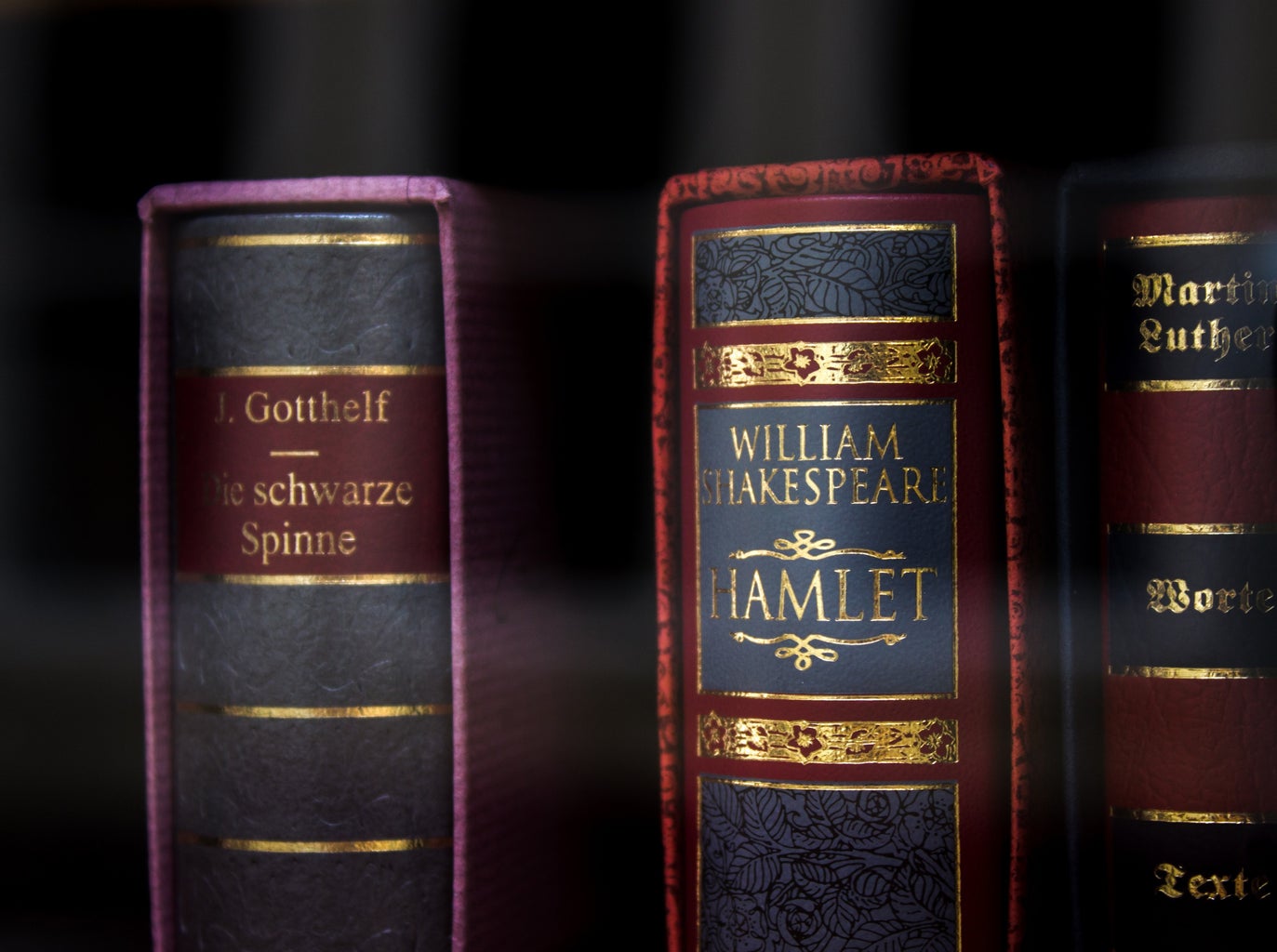
Drag then solidified itself more as an art form during the 1950s as more queens and kings started performing in bars and spaces that catered to gay people. It was no longer just straight men impersonating women for the sake of comedy.
It soon found its way into pop culture during the 1970s. Icon Divine scandalized audiences with her character in John Waters’ 1972 film Pink Flamingo and disco singer Sylvester rose to international acclaim singing hits like “You Make Me Feel (Mighty Real)” in drag. Famous artist Andy Warhol also documented a photographic series, Ladies and Gentlemen, which featured Black and Latinx drag queens and models who permitted Warhol to photograph them. Some of these drag queens included Candy Darling, Marsha P. Johnson, and Mario Montez.
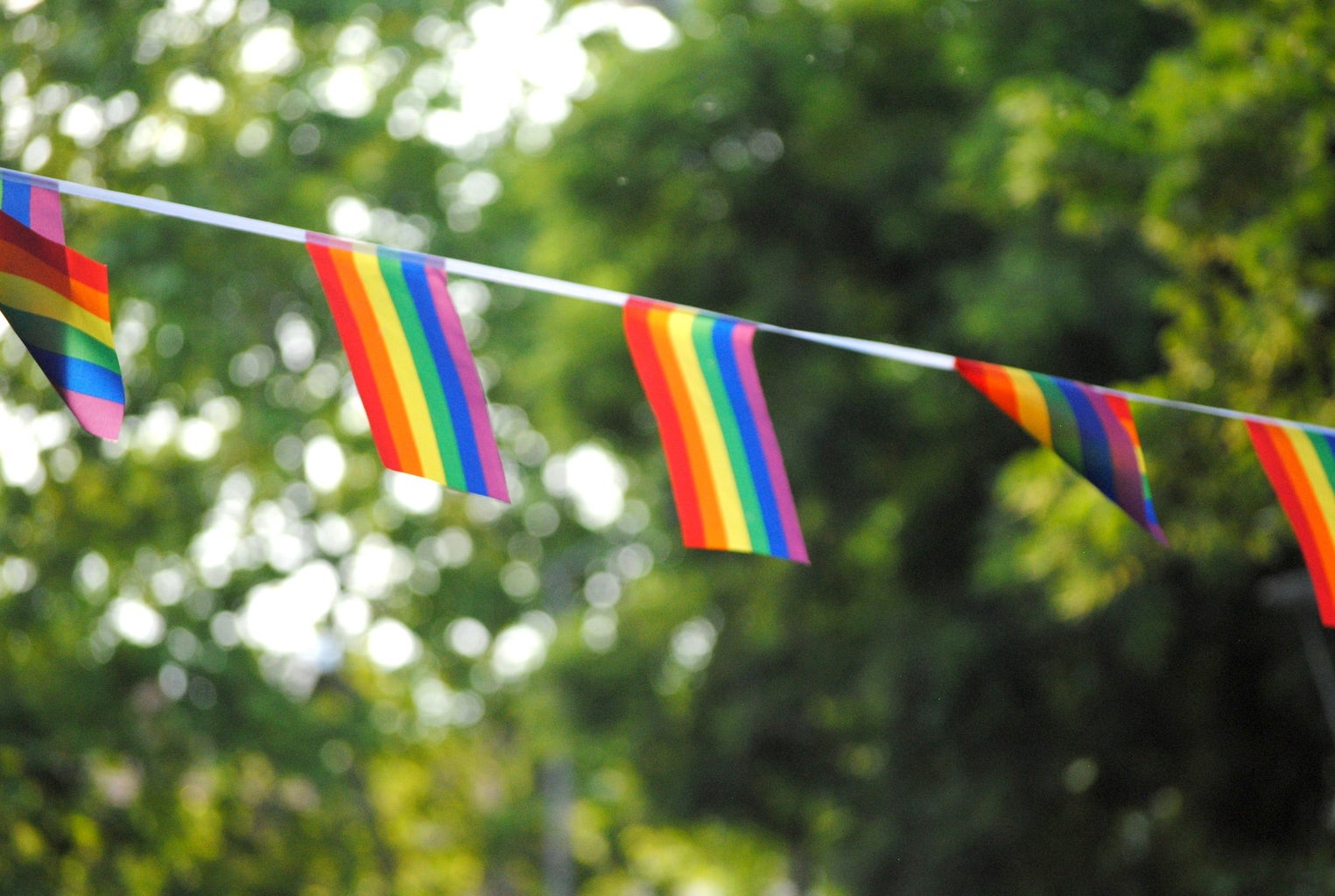
More visibility in the 1990s led the way for more distinctions between drag and other identities in the LGBTQ+ spectrum, like the distinction between drag queens and the trans community. The public started to become aware of the difference between being trans, gay, and doing drag. Drag kings (women impersonating men) rose to more notoriety with performers like Murray Hill and Mo B. Dick, books devoted to performing masculinity, and the first International Drag King Extravaganza that took place in 1999. In 1993 RuPaul made her name known with her iconic song, “Supermodel.” Her supermodel persona resembles that of what she explains as:
“…one part Dolly Parton, two parts Cher, one part David Bowie and a big heaping spoonful of Diana Ross. And this is scientific. I took the subversive sexuality out of my persona so that Betty and Joe Beercan could invite me into their living room, and you know what? It worked!”
The 2000s made way for the definition of “drag” to broaden from rigidly being about “realness” to a more expansive art form for gay men, trans people, queer women, non-binary people, and more. In 2009, RuPaul’s Drag Race premiered on Logo TV, a reality competition in pursuit of “America’s next drag superstar,” and brought drag to the mainstream.
The 2010s saw the first RuPaul’s DragCon take place in Los Angeles in 2015. It became the largest drag convention in the world where everyone celebrated all things art, culture, and drag.
Many queens throughout the years defied the conventions of what drag should be and brought their voices and original twists to the art. Because of these queens freely expressing their authentic selves with us, it has now evolved into a political and artistic stance against fixed gender roles and sexuality.
Playing with gender and performance is not reserved for men alone. A common misconception with drag is that it is always a male portraying an exaggerated form of femininity, but that’s not the case. Gender is a spectrum. Anyone can do drag and transform themselves into any gender or identity they wish to express themselves as.
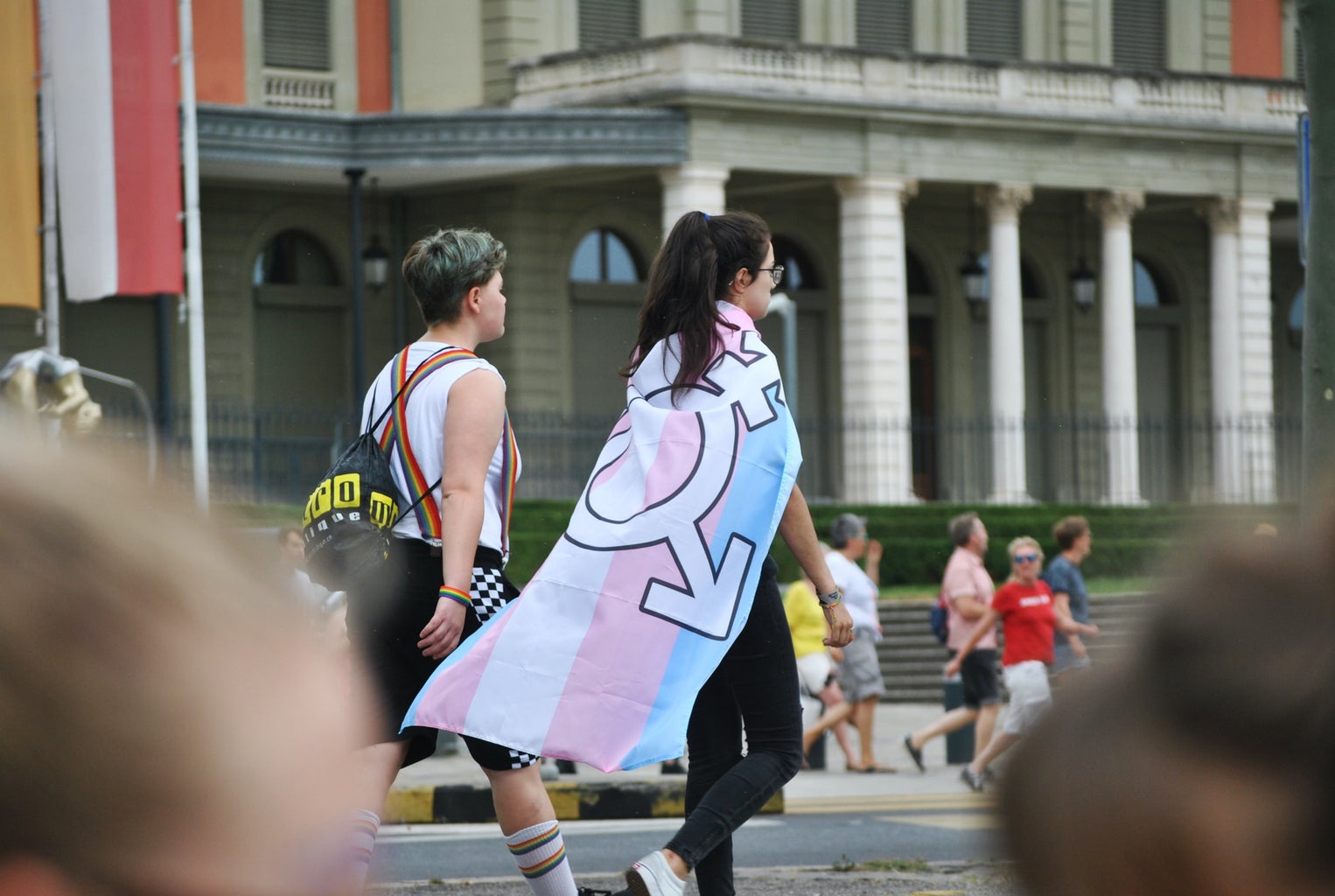
Take the fabulous queen, Gottmik, for example. Gottmik is “so gorge,” and not the conventional queen who follows the stereotype of what a drag queen is. Out of drag, she is a trans man, and her makeup is boldly avant-garde and vintage circus-glamour-inspired. Gottmik, in her fashion during Season 13 of RuPaul’s Drag Race, revealed her powerful “little black dress” to show the scars from her top surgery. One of her finale looks had a Keith Haring-inspired jumpsuit that had lettering that said, “Trans rights are human rights.”
“I love drag…the second I just woke up, and I was, like, ‘Girl, if cis-gender men can be feminine, a trans guy can be feminine. Just because it’s beyond you, doesn’t mean it’s not there. So, girl, do it, and pave this path. And that’s what I did – and I’m living.”
– Gottmik
Peppermint is another amazing queen who is open about her identity as a trans woman in and out of drag. Her drag is of amped-up femininity with more extreme makeup, costuming, and phenomenal performances. There are many other transgender or gender-fluid queens, including Jinx Monsoon, Jiggly Caliente, and Gia Gunn.
Drag also makes a bold statement. Many queens are active in the Black Lives Matter movement and were key figures during events such as the Women’s Marches and pride month.
Take the recent winner of RuPaul’s Drag Race Season 13, Symone. All of her fashion and what she embodies, honors Black culture and reflects pieces of her personal story. Her drag carries power, elegance, and Black excellence.
“Social issues matter to me. Regardless of whether it’s about Black people, gay or trans people. For me, having the privilege of being on people’s TVs and being someone people look up to also means I have a responsibility to say something and not to just be pretty. I love everything associated with my culture, specifically being Black, so I did things like my fascinator look. I think my drag is something that’s never been seen before, and I think it’s needed now.”
-Symone
Another great gender-fluid queen is Sasha Velour (season 9 winner of RuPaul’s Drag Race), who defies society’s norms with her artistic spin on drag that is abstract and political. She uses her voice to create projects like Smoke and Mirrors, a one-woman drag show that speaks on the historically dimorphic categories of gender that are revealed to be nothing more than the sleight of a patriarchal hand. She also co-wrote “The Island We Made”, an opera created as an ode to mothers, an homage to the labor of childrearing.
“A line has no gender. Neither does shape or color. Gender does not reside in a hairstyle, a name or even a body”
– Sasha Velour
The art of drag has also grown beyond the stage and production. Drag queens today have their own makeup lines, books, music, podcasts, YouTube channels, talk shows, movies, and more. Queens like Bianca Del Rio, Miss Fame, and Bob the Drag Queen are some examples that have showcased this versatility. Some have also signed modeling contracts and walked high fashion runways like Violet Chachki, Aquaria, and Bimini.
A queen like Kim Chi, uniquely uses her art as well and has branched out and made a name for herself in the makeup industry. Kim Chi’s drag is beautiful. Her makeup is intricate and anime-inspired with textures, shapes, and colors that are complex. Her outfits are highly conceptual and celebratory of all things cute, fun, weird, and exotic.
“Sometimes, I’ll see a silhouette on the runway that I love and I’ll try to find a way to spin that. Or sometimes, I can be inspired by watching a cartoon or walking on the street and I see a beautiful rock and I want a look inspired by that rock…seriously.”
– Kim Chi
Comedy queens Trixie Mattel and Katya (full name, Yekaterina Petrovna Zamolodchikova) have their own YouTube talk show, UNHhhh. Each episode has a topic or theme that is discussed, speaking on everyday experiences or stories that include part stand-up comedy and part therapy. They paint a portrayal of modern gay life, friendship, and drag as an art form.
Drag has become celebrated while keeping its transgressive power and will continue to evolve for years to come.
